Cultural curiosity: invite pets to travel with their senses
Modern consumers with a global mindset are always more looking for new travel experiences. Food has a new role to play in this quest for cultural immersion and escape. People don’t want the same old food all the time. They are curious to discover food inspirations and flavors from abroad as part of their culinary journey.
Pet parents are less experimental with their pets’ food but are intrigued by propositions that can change their pet’s meal from standard to sublime, bringing a taste of exoticism and adventure into the bowl.
Ingredient selection is the first innovation that can be made to satisfy pet owners’ expectations for novelty. Enrich sourcing with exotic ingredients that can range from tropical fruits such as coconut and durian to unusual animal proteins such as alligator, ostrich or cricket.
Some manufacturers employ country-specific or regional-themed recipes and flavors. A ”France” edition with tasty duck and delicate potatoes or “Scandinavian” variety containing Salmon from Scandinavia and Reindeer are just a couple of examples.
Other companies propose traditional or well-known flavors inspired by favorite dishes from around the world, such as the special Puchero lamb associated with Uruguay, or a Singapore Special Collection that includes Nasi Lemak or Bak Kut Teh.
Festive feast: celebrate with four-legged friends
Modern families come in many different forms, and pets are important members with new roles to play. The humanization phenomenon often has them filling the gap created in the absence of a partner or child. In uncertain times, cats and dogs provide love and closeness. They are natural destressers and provide emotional support, especially when pet parents are anxious.
In this context, it is completely logical for pet lovers to celebrate special occasions with these full family members. Their companions aren’t left out of traditional festivities and even more are at center stage of some dedicated celebrations throughout the year.
Limited-edition and festive varieties enlarge the classical range of pet foods and treats to allow cats and dogs to participate in Christmas, Easter or even Valentine’s Day celebrations and share feel-good moments across the seasons.
Their special meals can resemble traditional human recipes such as Easter brunch with duck, Cornish hen, sweet potato and raspberry gravy. Some recipes include seasonal flavors and ingredients such as pumpkin in the fall season or turkey for Thanksgiving and Christmas.
Other manufacturers piggyback on the seasonal theme by developing treats in special shapes such as hearts for Valentine’s Day or eggs for Easter.
Eye-catching packaging that transforms pet food into a real gift is the best option for pet parents who want to pamper their cats and dogs; for instance, an advent calendar for Christmas or brightly colored metal box for Easter.
As pet parents look for new occasions to celebrate with their animal companions, it’s important to enrich the annual calendar of events with unique moments for the pet. Those might include developing special foods or treats for days that celebrate cats and dogs such as International Dog Day or International Cat Day. Pet birthday cakes are another possibility.
Fun for furry friends: innovate under digital world influence
Millennials are a particularly strategic market for pet food manufacturers because they represent a very enthusiastic category of pet parents. Many of them are DINKS, i.e., Double Income No Kids. They put their pets first and love to invest in their pets’ food and equipment.
They were also the first generation, followed by Gen Z, to grow up with the internet and social media. To address this category of consumers, manufacturers must fully integrate the communication codes of the digital world.
These young pet parents shop online and are looking for small, unique and innovative offers. They are sensitive to aesthetic propositions inspired by what they can see on Instagram or Pinterest. Vibrant and fun products naturally colored with turmeric or red beet, or photogenic pet food with well-designed packaging are key. Eye-catching offers that pick up on current human food trends such as unicorn reference or rainbow-colored food will be even more attractive. The idea is to not be too serious, without any compromise on a product’s quality and taste.
Social media is also a new playground for companies. Indeed, for some years, Millennials have enjoyed sharing happy moments spent with their four-legged friends on human or pet social networks. They create identities for their pets, some of which become internet celebrities, with thousands or even millions of followers. Some brands understand this phenomenon and collaborate with these pet stars to promote their products, taking advantage of their influence and audience size.
These numerous illustrations, inspired by all aspects of consumer life, demonstrate the creativity and open-mindedness of pet food manufacturers. Those factors are likely key to building and maintaining a dynamic innovation process.
Take-home points
- Humanization of pets influences owners’ expectations
- Pet owners want to share their love for new cultures and traditions with their four- legged friends when selecting pet food
- Products are designed to fully include furry friends in all celebrations
- Using digital codes is a good way to influence consumption by Millennial pet parents

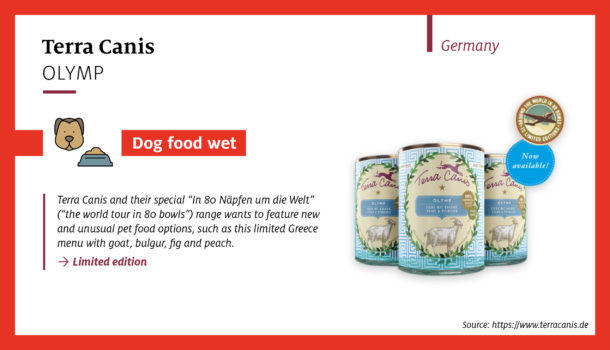
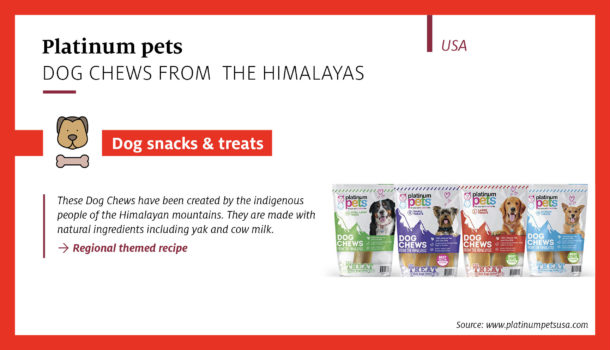
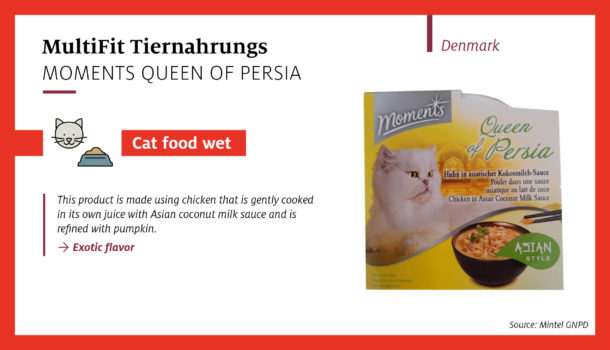
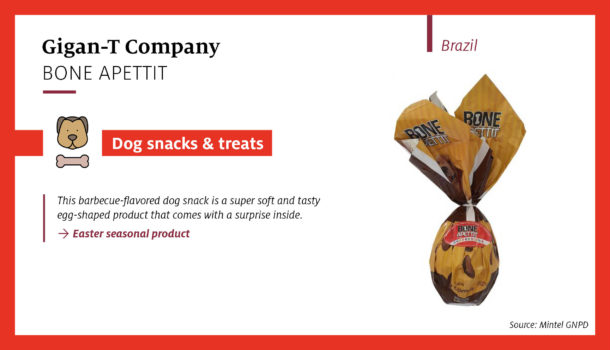
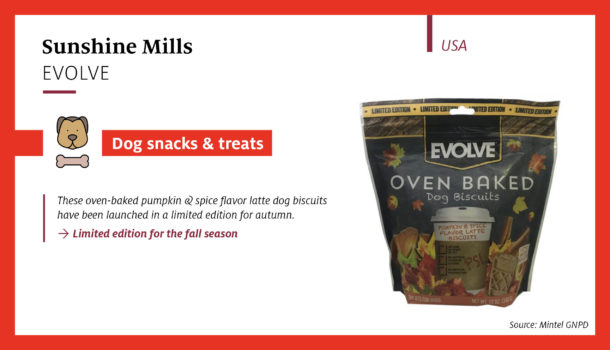
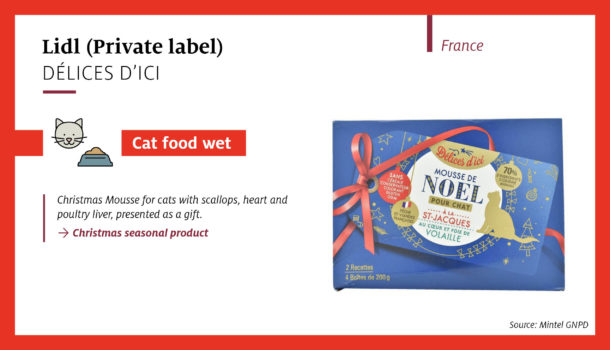
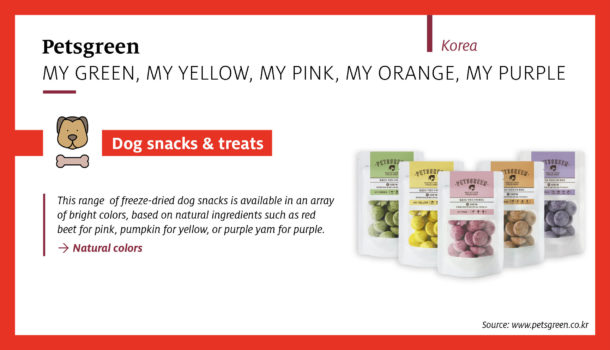
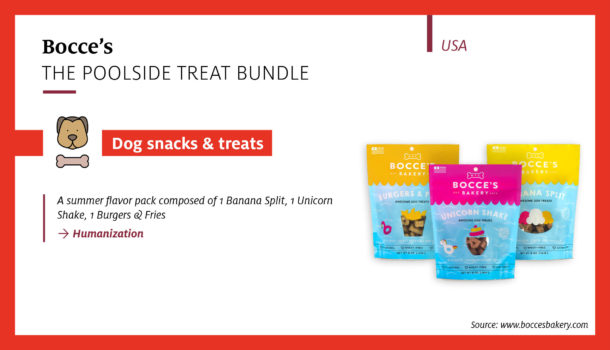
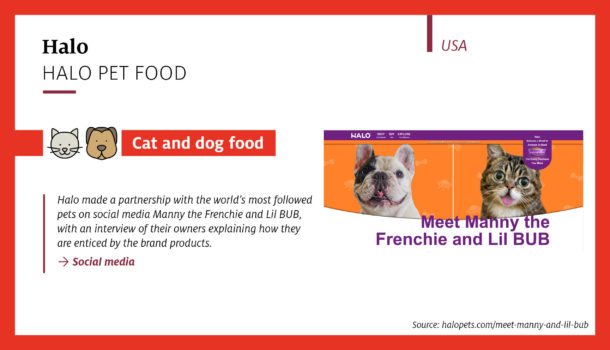

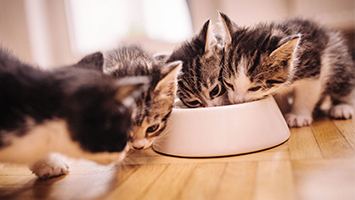


* required fields